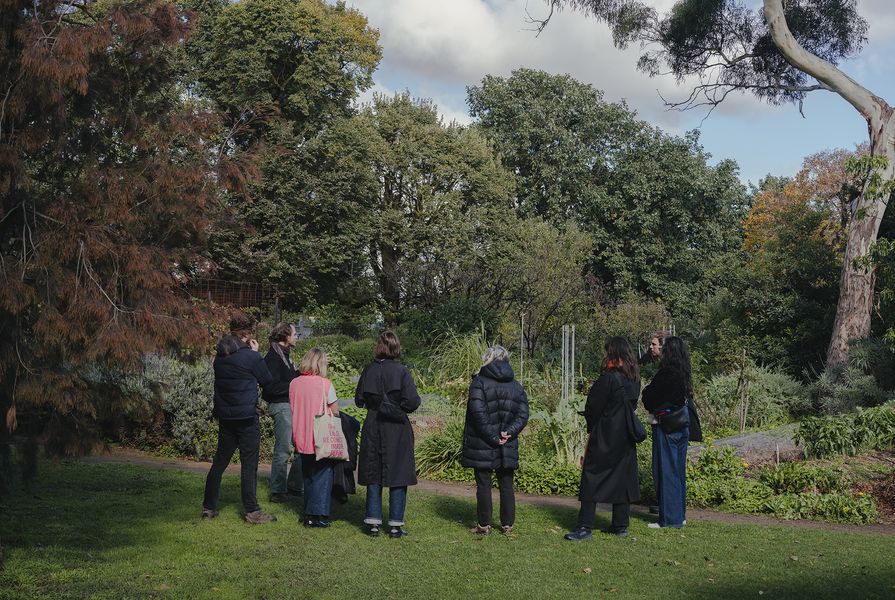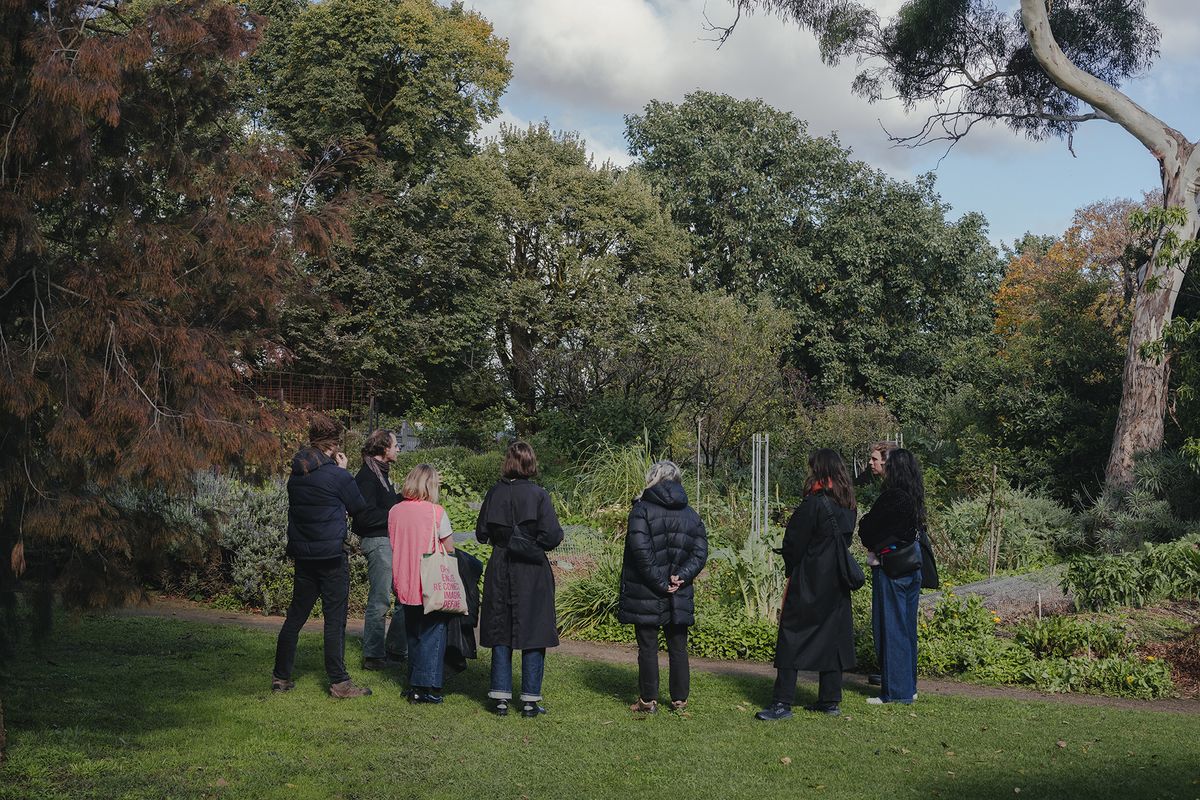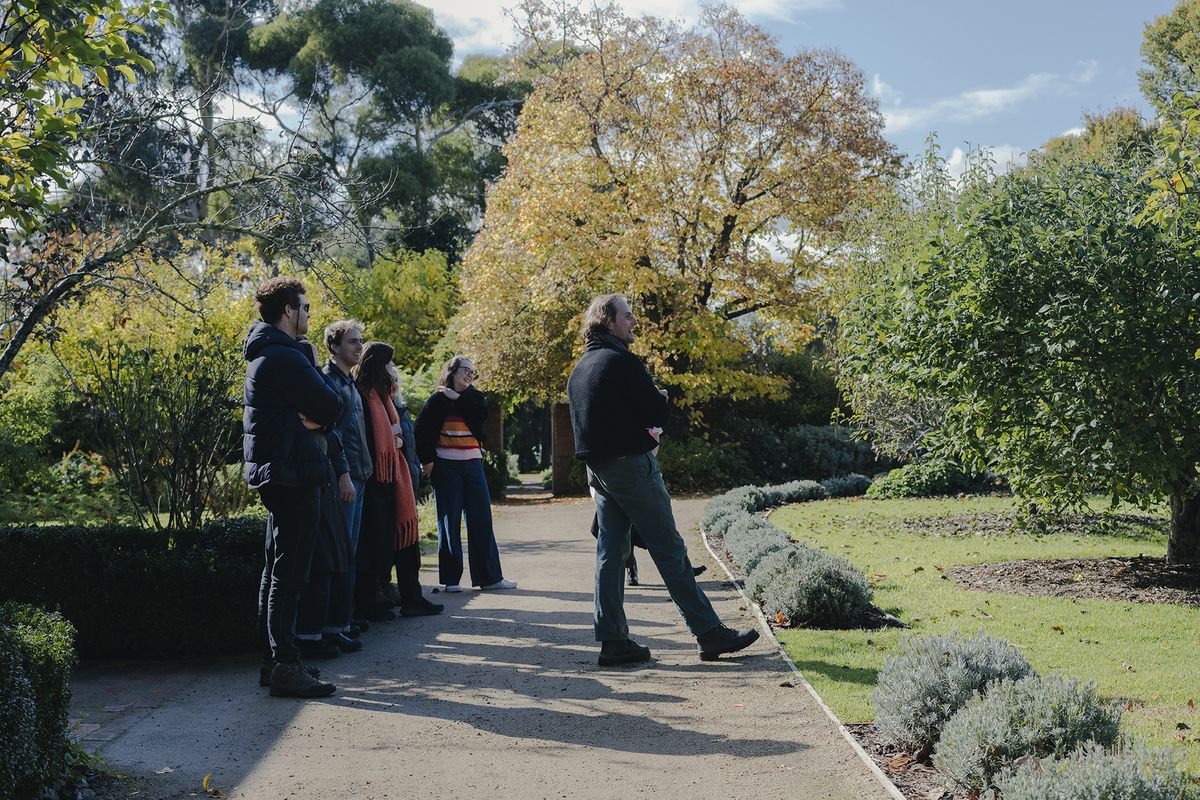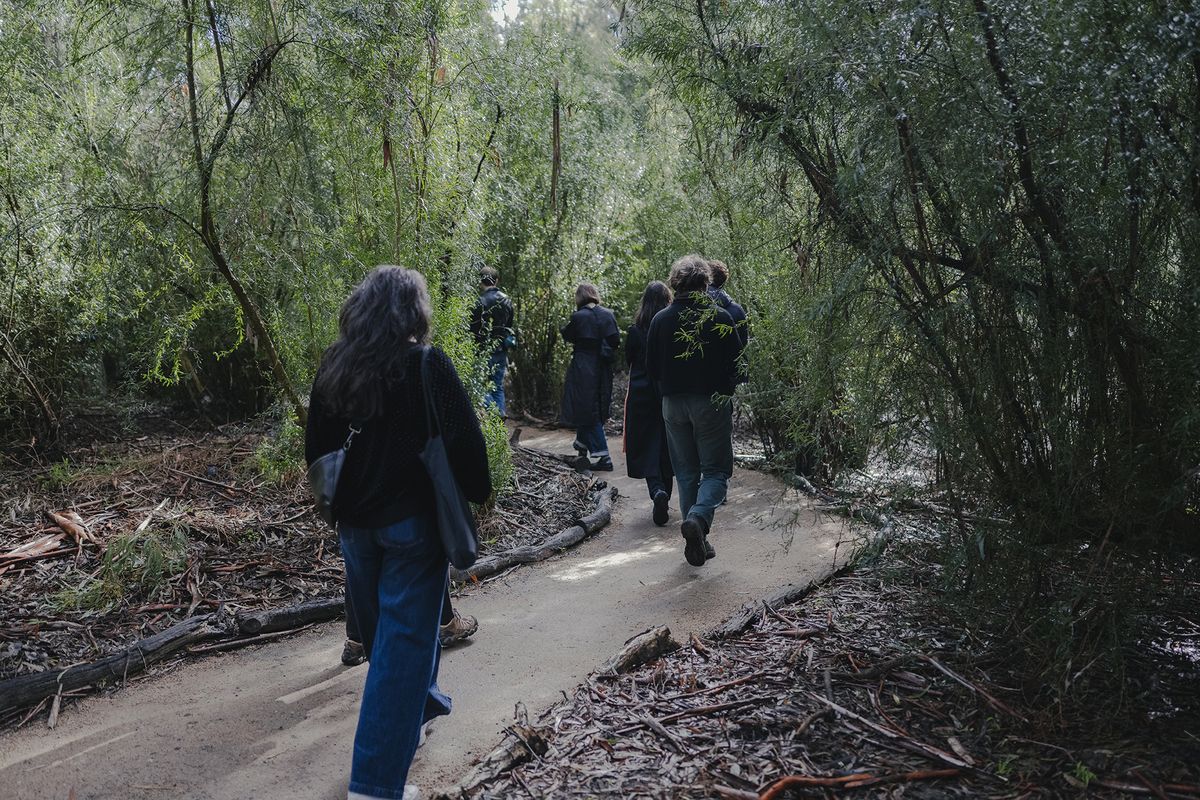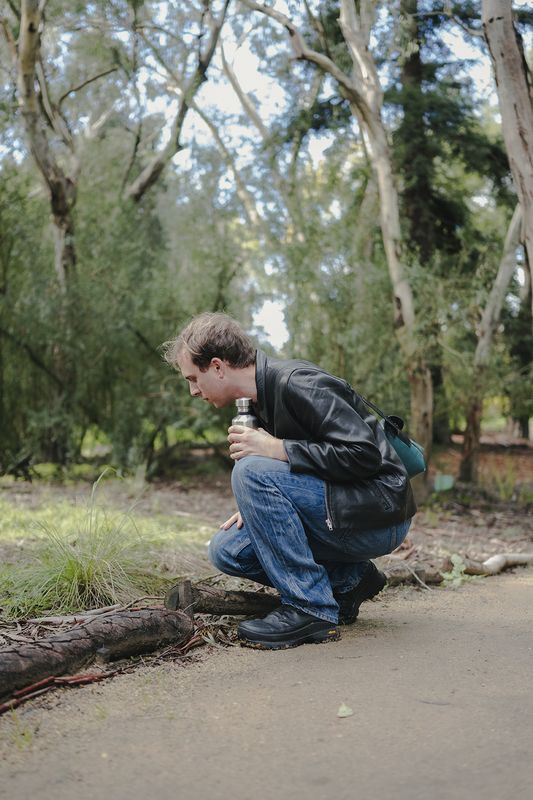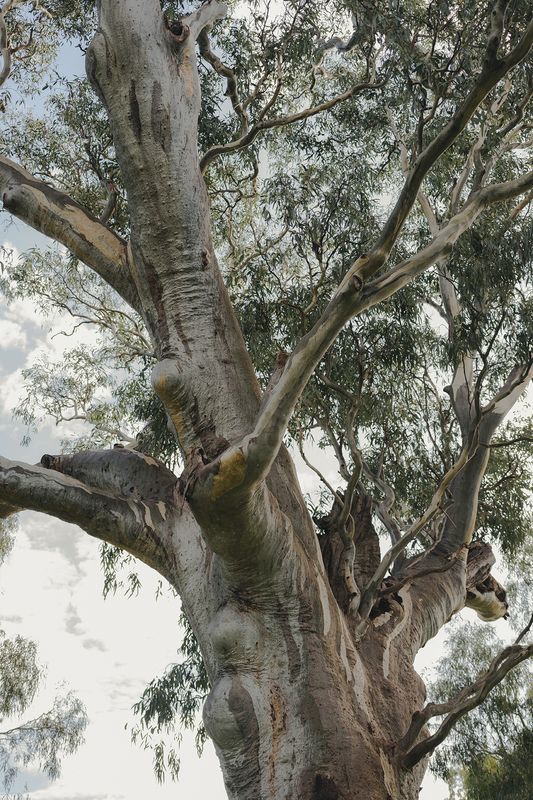The 2023 edition of Melbourne Design Week centred around the theme “Design the World You Want.” Run by the National Gallery of Victoria, the tightly packed program led us through rain, mud and underpasses; along creeks; as well as to galleries and auditoriums. Yet despite the program’s clear interest in landscapes and living systems, its website listing of more than 200 participants1 included only one landscape architecture practice. Events that focused on circularity, experimental materials, ecological perspectives and the public realm were delivered by architects, artists, industrial designers, academics and chefs – so where were all the landscape architects?
One notable exception to this absence was Landscape Architects as Change Makers, an exhibition held at the Melbourne School of Design that featured the work of eight landscape architects from Australia and Japan. Curated by Jillian Walliss and Heike Rahmann in collaboration with Saran Kim, the exhibition formed a backdrop for a series of discussions that unfolded over the course of the 11-day festival. Projected moving images washed the gallery walls with footage from built projects; using readily available technology, the audiovisual display combined bilingual interviews with the experiential qualities of immersion in landscape. Less concerned with capturing a final outcome, the layered mixed-media curation spoke to each of the featured projects’ longevity, and the value of revisiting, recording and maintaining these works.
Open Nature, a series of roaming workshops presented by Open House Melbourne, took us out of the gallery and into the field through landscapes linked by their relationships to the Birrarung/Yarra River and its tributaries. At one workshop – as the clouds parted – gardener Luke Murchie led us through an ecological cross-section of the Heide Museum of Modern Art. Our group departed from the well-known oak tree at John and Sunday Reed’s house and traversed the change in the vegetation to approach Yaluk Langa (Woiwurrung for “River’s Edge”), an indigenous garden developed by the site’s Traditional Custodians and the Heide team. Frequently stopping, Murchie pointed to the lichen, fungi and emerging vegetation, describing the collaborative process of revegetating the land along the Birrarung’s banks. We learned of the record floods in Melbourne and the indigenous seed borne by the floodwaters that has resulted in vegetation that contrasts with the Heide’s exotic and highly maintained sculpture garden that many of us have come to know.
The next morning, at another of the workshops, our group met at the base of another oaktree, this one in the Royal Botanic Gardens. In 2019, this large white oak had fallen in a single day, but by the time of our visit, its splayed limbs had been carefully altered with new joins and placed back in the position where they had landed. Royal Botanic Gardens’ director and chief executive Tim Entwisle spoke about the decision to retain the tree and the incredible world hidden beneath it: fungi, bacteria, algae and the diversity of underground organisms that have created an entire ecosystem. Like the previous Open Nature event, this session addressed how attitudes around these natural landscapes have shifted; how climate resilience affects the decisions we make about them; and how their ecological processes and cyclical care needs can be made visible to the public. Indeed, due to the sessions’ simple and effective format – walking, conversing and knowledge-sharing without the production of new goods or places – this year’s landscape-related events and exhibitions manifested an inherent sustainability.
As practicing landscape architects, our projects tend to take a long time to eventuate. Each year, Melbourne Design Week emerges as a unique opportunity for studios to break away from the traditional constraints and long timelines often associated with the built environment. The design week program offers a space for ideas, material testing and the creation of public installations that sit outside the usual temporality and timeframes of our day-to-day practice. Melbourne-based landscape studios should be participating in this collective adrenaline: putting efforts into conceptualizing and realising projects for the program, and balancing this with work schedules as we install and host. And all of this, as we are eager to attend and participate in other events in the program.
This year’s Melbourne Design Week events makes it clear that interest in landscape discourse continues to grow among adjacent design professions. Landscape architecture practices have the opportunity to open their doors, push boundaries and lead conversations.
1 There are 208 participants listed on designweek.melbourne/presenters, and ASPECT was the sole landscape architecture practice.

